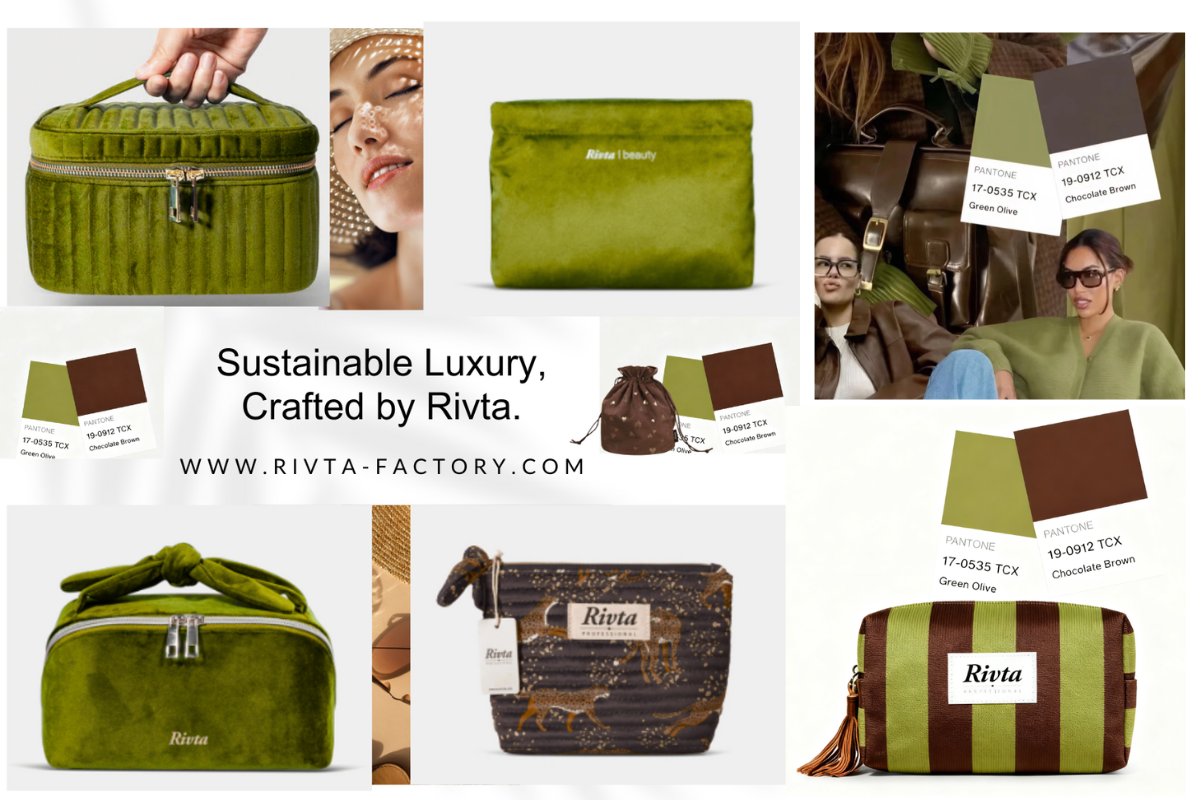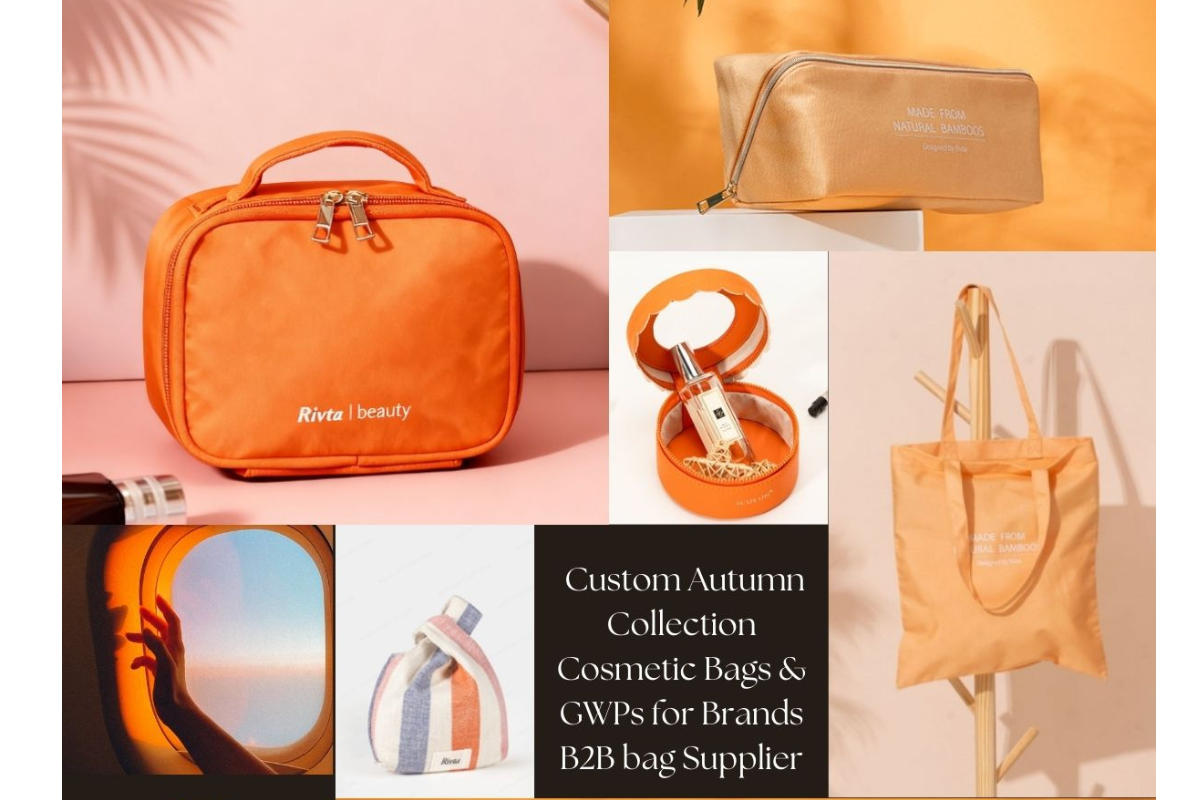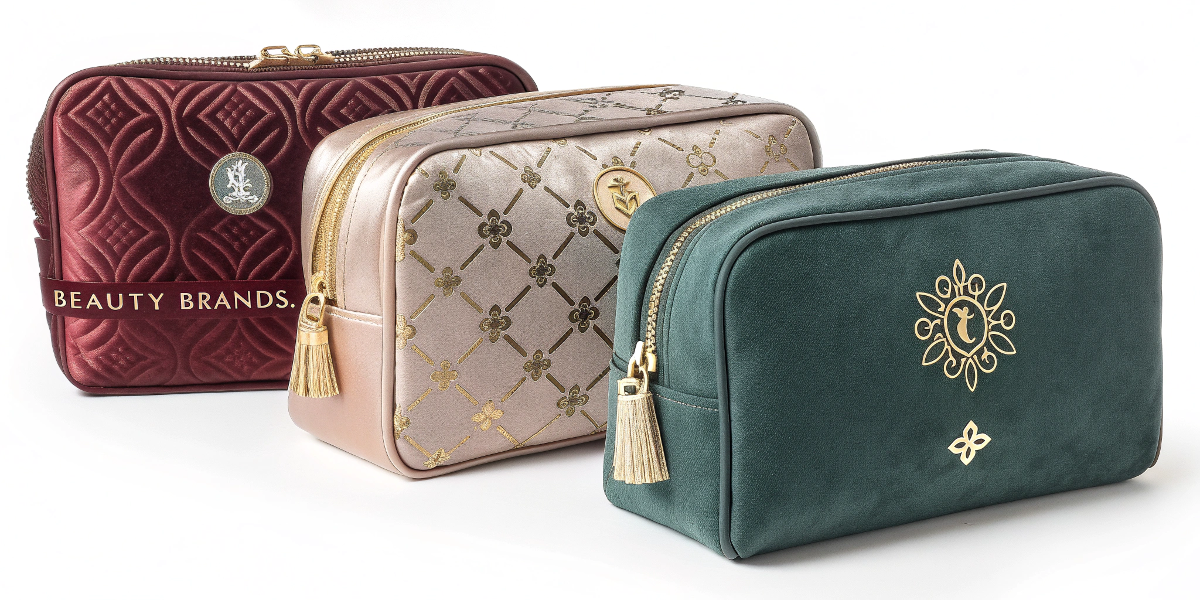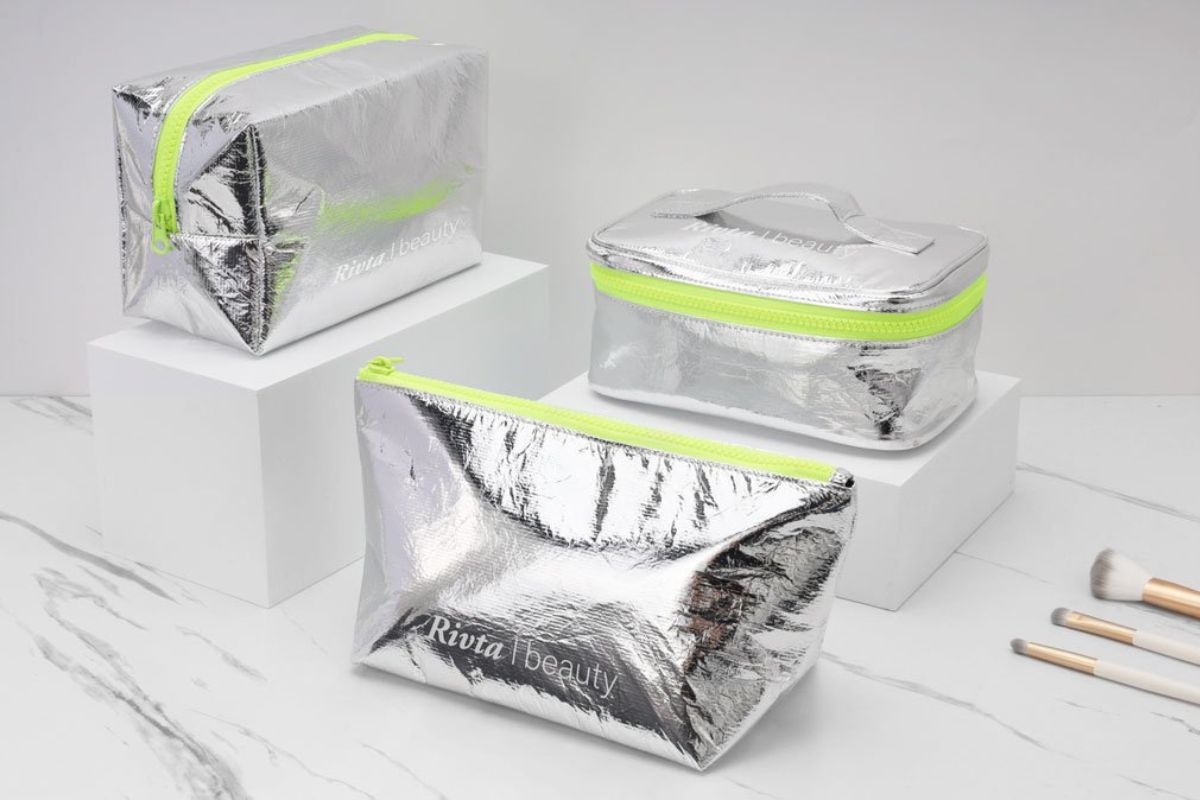Top 10 Headbands- Making Fabrics: An Expert Guide
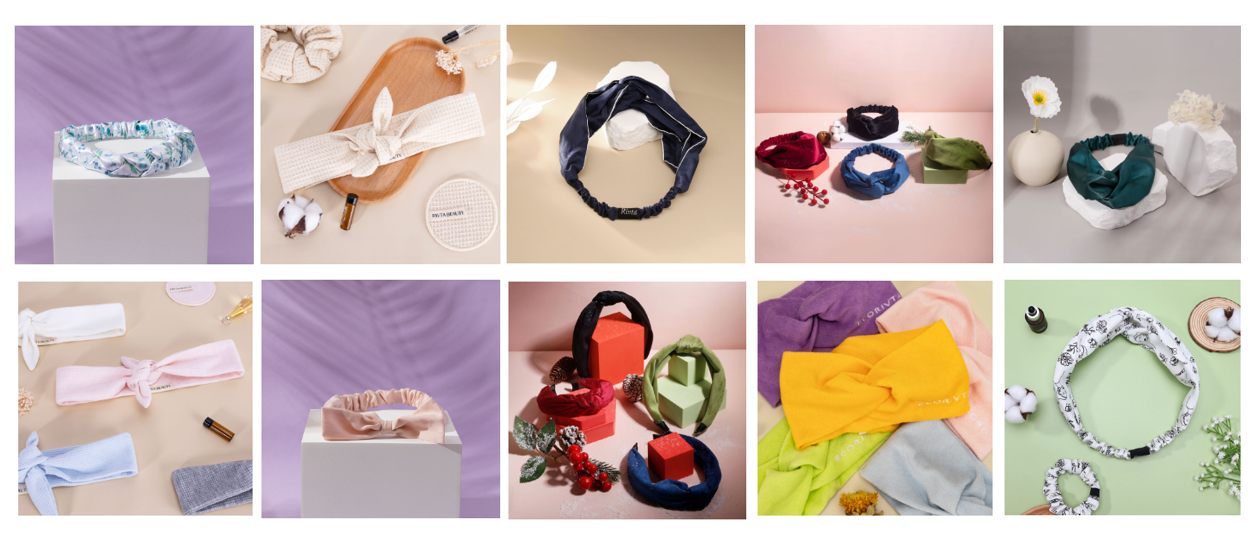
The global demand for eco-friendly products is surging, with projections estimating a $150 billion market by 2030. Within this landscape, headbands have emerged as a versatile beauty accessory, seamlessly blending fashion, functionality, and sustainability. For brands aiming to capture the attention of eco-conscious consumers, selecting the right fabrics is paramount to creating headbands that align with market trends and environmental values.
This comprehensive guide examines the top 10 eco-friendly fabrics for headbands, providing detailed information into their properties, applications, and production processes. Grounded in industry research and sustainable manufacturing expertise, it offers actionable steps for crafting headbands that enhance a brand’s portfolio. Whether targeting athletic, casual, or luxury markets, this article equips decision-makers with the knowledge to make informed, impactful choices.
Why Eco-Friendly Headbands Matter
Headbands are more than a fashion statement; they’re a canvas for innovation. According to a 2024 NielsenIQ report, 73% of global consumers prefer brands with sustainable practices, and this trend is particularly strong in the U.S. and Europe. By integrating eco-friendly fabrics into your headband designs, you can:
- Appeal to Conscious Consumers:Meet the growing demand for sustainable beauty accessories.
- Differentiate Your Brand:Stand out in a competitive market with unique, environmentally responsible products.
- Reduce Environmental Impact:Minimize your carbon footprint with biodegradable or recycled materials.
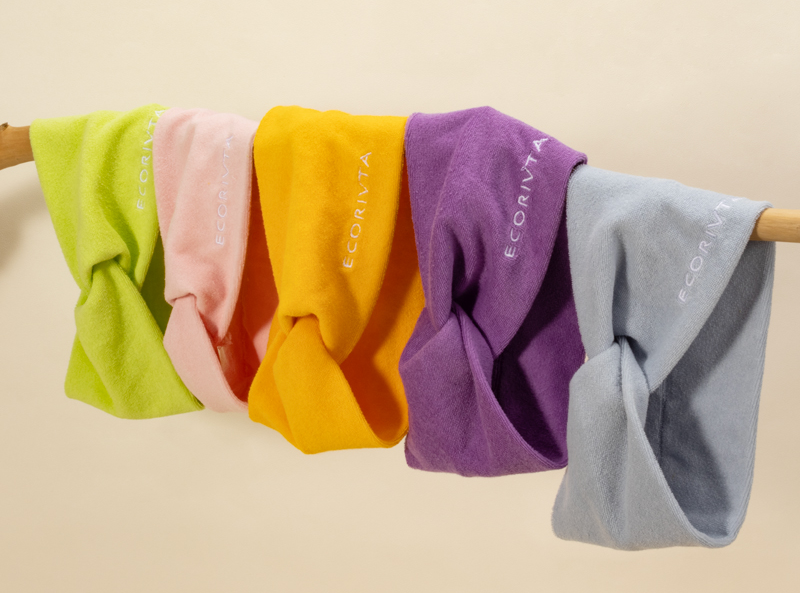
Top 10 Eco-Friendly Fabrics for Headbands
The choice of fabric defines a headband’s comfort, durability, and market appeal. Below, we rank the top 10 eco-friendly fabrics for headbands, focusing on their sustainability credentials and suitability for various styles. This selection is informed by industry trends, consumer preferences, and our in-house research at Rivta.
| Rank | Fabric | Sustainability Features | Typical Use | Properties |
|---|---|---|---|---|
| 1 | Organic Cotton | Biodegradable, grown without pesticides | Casual, decorative headbands | Breathable, soft, hypoallergenic |
| 2 | Recycled Polyester | Made from post-consumer plastic bottles | Athletic headbands | Moisture-wicking, durable, stretchy |
| 3 | Tencel (Lyocell) | Biodegradable, sourced from sustainable wood | Fashion, everyday headbands | Soft, breathable, moisture-absorbing |
| 4 | Bamboo Fiber | Renewable, minimal water usage | Athletic, casual headbands | Antibacterial, soft, breathable |
| 5 | Hemp | Low-impact crop, biodegradable | Bohemian, casual headbands | Durable, breathable, UV-resistant |
| 6 | Recycled Nylon | Recycled from fishing nets, industrial waste | Athletic, stretchy headbands | Strong, elastic, quick-drying |
| 7 | Linen | Biodegradable, made from flax | Fashion, summer headbands | Lightweight, breathable, textured |
| 8 | Cork Fabric | Renewable, biodegradable, vegan leather | Luxury, fashion-forward headbands | Durable, water-resistant, lightweight |
| 9 | Organic Silk | Biodegradable, ethically sourced | Evening, luxury headbands | Smooth, shiny, hypoallergenic |
| 10 | Piñatex (Pineapple Leaf) | Made from agricultural waste, vegan | Fashion, statement headbands | Textured, durable, eco-chic |
Fabric Spotlight
Organic Cotton: Certified organic cotton avoids harmful chemicals, making it ideal for casual headbands. Its breathability suits sensitive skin, a key selling point for eco-conscious buyers.
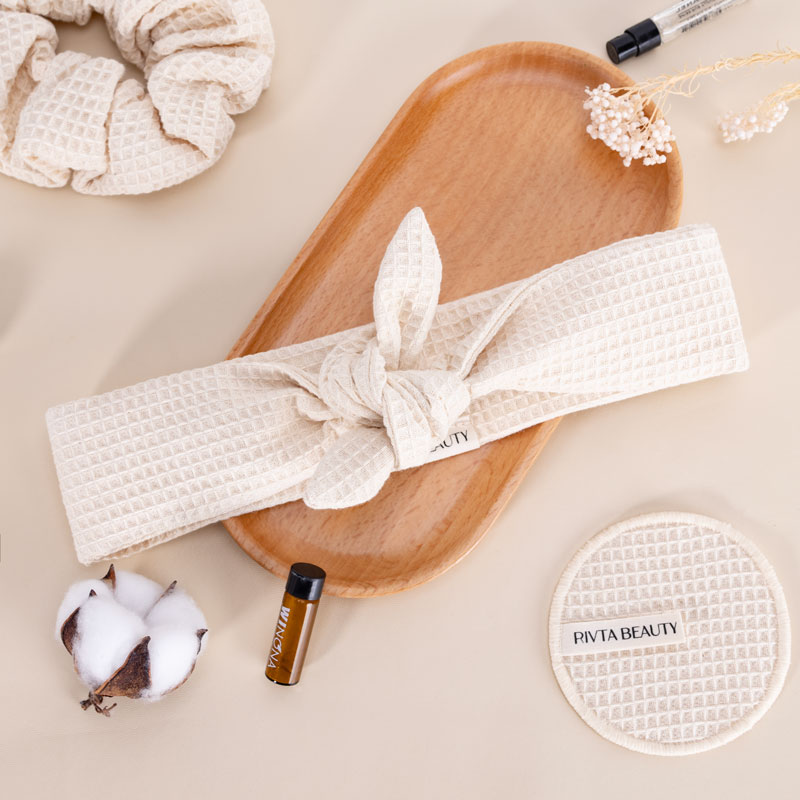
Recycled Polyester: By repurposing plastic waste, this fabric reduces landfill contributions. It’s a staple for athletic headbands due to its moisture-wicking and stretchy properties.
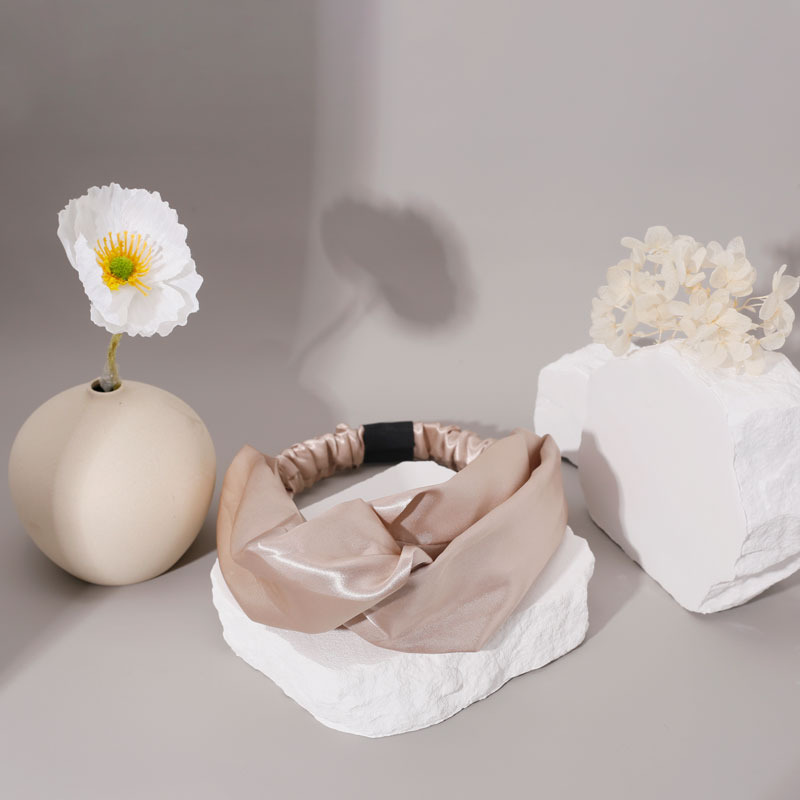
Tencel (Lyocell): Produced in a closed-loop process, Tencel is highly sustainable and soft, perfect for fashion-forward designs that prioritize comfort.
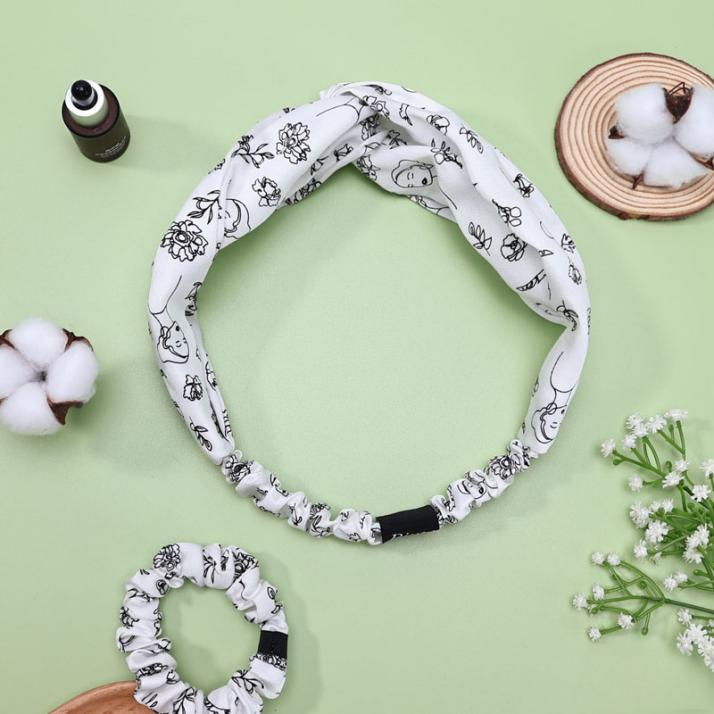
Bamboo Fiber: Bamboo grows rapidly with minimal resources, offering a soft, antibacterial fabric for activewear and casual styles.
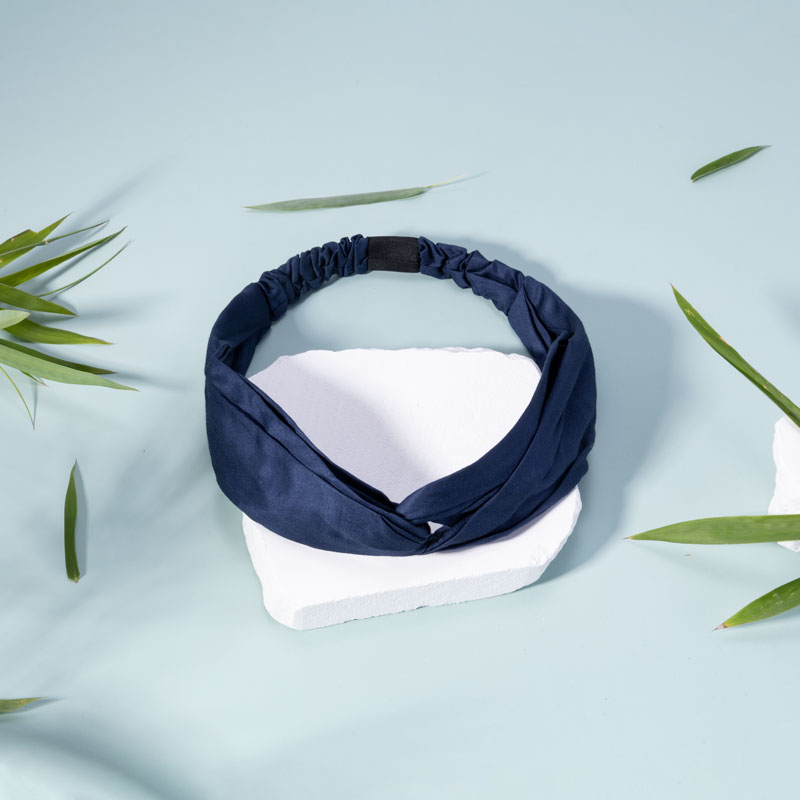
These fabrics align with 2025 trends, where sustainability and functionality dominate consumer preferences, as noted in Vogue’s 2024 headband trends.
Choosing the Right Fabric for Your Headband Line
Selecting a fabric depends on your target market and product goals. Here’s a breakdown of fabric applications:
- Athletic Headbands: Recycled polyester, recycled nylon, and bamboo fiber excel in moisture management and elasticity. Brands like Jesries use recycled polyester blends for their sweat-wicking properties, ideal for gym-goers.
- Fashion Headbands: Organic silk, cork fabric, and Piñatex offer luxurious textures for high-end designs. These materials cater to evening wear or statement pieces, as seen in Vogue’s silky styles.
- Casual Headbands:Organic cotton, hemp, and Tencel provide comfort and breathability for daily wear. These fabrics appeal to eco-conscious consumers seeking versatile accessories.
- Luxury Headbands:Cork fabric and organic silk elevate designs with their premium feel, perfect for boutique brands targeting upscale markets.

Why Partner with Rivta?
At Rivta Culture Equipment Co., Ltd., we’re more than a manufacturer—we’re your partner in innovation. Here’s why brands trust us:
- Eco-Friendly Expertise:We source GOTS-certified organic cotton, recycled polyester, and other sustainable fabrics.
- End-to-End Solutions:From design to delivery, we handle every step to bring your vision to life.
- Global Reach:Serving clients in the U.S., Europe, and beyond with reliable logistics.
- Customizable Options:Tailor headbands to your brand’s unique needs, from fabric to packaging.
Ready to elevate your product line? Contact us to discuss your next eco-friendly headband collection.
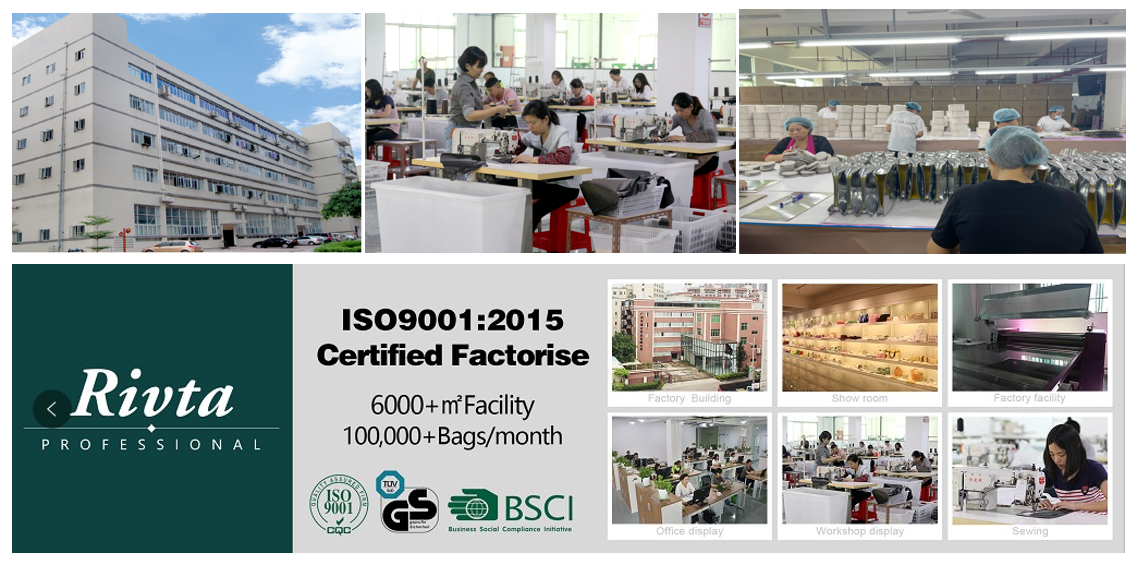
Conclusion
Crafting eco-friendly headbands is an opportunity to blend style, functionality, and sustainability. By choosing fabrics like organic cotton, recycled polyester, or Tencel, brands can meet consumer demand for environmentally responsible products while standing out in a competitive market. At Rivta, we’re committed to helping you create headbands that resonate with your audience and reflect your brand’s values.
Let Rivta guide you through the process, from sustainable fabric sourcing to scalable production. Visit our website to explore our services and start building your sustainable beauty accessory line today.
